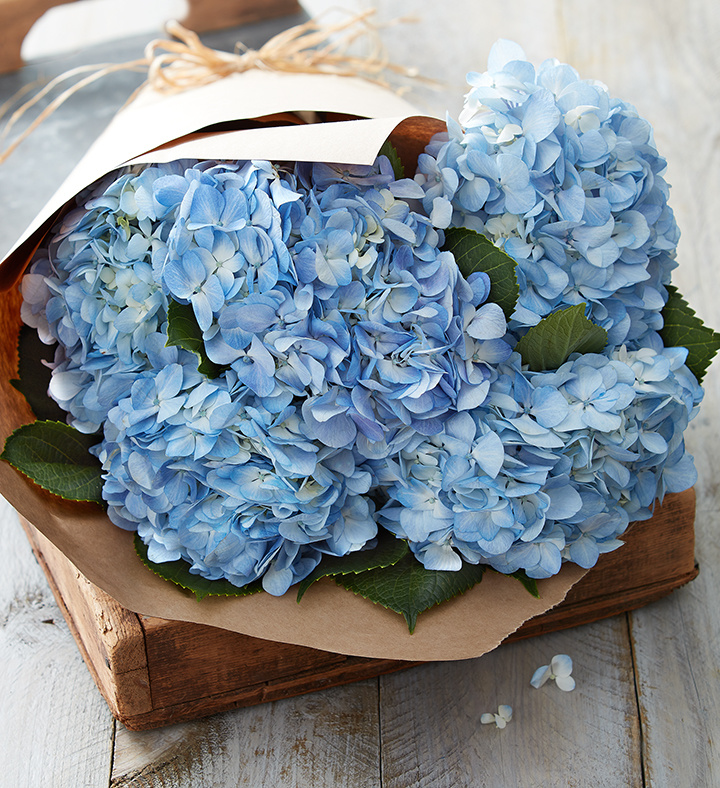Little Honey Hydrangeas: The Sweetest Blooms In Your Garden
Little Honey hydrangeas are a relatively new variety of hydrangea, but they have quickly become popular for their sweet fragrance and delicate blooms. These compact shrubs are perfect for small gardens or containers, and they can be grown in a variety of USDA hardiness zones.
In this blog post, we will take a closer look at little honey hydrangeas. We will discuss their history, appearance, care requirements, and pest and disease resistance. We will also provide some tips for growing little honey hydrangeas in your own garden.
History of Little Honey Hydrangeas
Little honey hydrangeas were first introduced in the United States in 2010. They were developed by the Proven Winners plant breeding company, which is based in Ohio. Little honey hydrangeas are a cross between two other hydrangea varieties: Endless Summer and Annabelle.
Appearance of Little Honey Hydrangeas
Little honey hydrangeas are small, compact shrubs that typically grow to be 3-4 feet tall and wide. They have dark green leaves that are lance-shaped and slightly toothed. The flowers of little honey hydrangeas are small and round, and they are borne in clusters on the ends of the branches. The flowers start out white, but they gradually turn pink or blue as they mature.
Care Requirements of Little Honey Hydrangeas
Little honey hydrangeas are relatively easy to care for. They prefer full sun to partial shade, and they need moist, well-drained soil. Little honey hydrangeas are not as cold-hardy as some other hydrangea varieties, so they are best suited for USDA hardiness zones 5-9.
Pest and Disease Resistance
Little honey hydrangeas are generally resistant to pests and diseases. However, they can be susceptible to powdery mildew and aphids. If you notice any signs of pests or diseases, you can treat them with an appropriate fungicide or insecticide.
Growing Little Honey Hydrangeas in Your Garden
Little honey hydrangeas are a great addition to any garden. They are easy to care for, they are beautiful, and they have a sweet fragrance. If you are looking for a new hydrangea variety to add to your garden, little honey hydrangeas are a great option.
Here are some tips for growing little honey hydrangeas in your garden:
- Plant little honey hydrangeas in full sun to partial shade.
- Provide them with moist, well-drained soil.
- Mulch around the plants to help retain moisture and suppress weeds.
- Fertilize little honey hydrangeas in the spring with a balanced fertilizer.
- Deadhead spent flowers to encourage new blooms.
- Protect little honey hydrangeas from frost in the winter.
With proper care, little honey hydrangeas will thrive in your garden for many years to come.
Little honey hydrangeas are a beautiful and unique variety of hydrangea that is perfect for adding a touch of sweetness to your garden. These small shrubs are covered in clusters of delicate, cup-shaped flowers that bloom in shades of pink, blue, and white. Little honey hydrangeas are relatively easy to care for and can be grown in a variety of climates. They prefer full sun to partial shade and moist, well-drained soil.
If you are looking for a beautiful and low-maintenance hydrangea, little honey hydrangeas are a great option. To learn more about these charming shrubs, visit .
FAQ of little honey hydrangea
1. How big does little honey hydrangea get?
Little honey hydrangeas typically grow 3-4 feet tall and 4-5 feet wide. They are a compact variety of oakleaf hydrangea, so they are a good choice for smaller gardens.
2. Where should I plant little honey hydrangeas?
Little honey hydrangeas prefer full sun to part shade. They will tolerate some full sun, but they may not flower as well in hot, dry climates. They also need well-drained soil that is rich in organic matter.
3. How do I care for little honey hydrangeas?
Little honey hydrangeas are relatively easy to care for. They need regular watering, especially during the first year after planting. They also benefit from a layer of mulch around the base of the plant to help retain moisture. Little honey hydrangeas do not need to be fertilized often, but a light application of fertilizer in the spring can help promote flowering.
4. How do I deadhead little honey hydrangeas?
Little honey hydrangeas do not need to be deadheaded. In fact, deadheading can actually reduce the number of flowers the plant produces the following year. If you do choose to deadhead, simply remove the spent blooms by cutting them back to the nearest leaf node.
5. How do I propagate little honey hydrangeas?
Little honey hydrangeas can be propagated by softwood cuttings in the spring or summer. To take a softwood cutting, simply cut a 4-6 inch piece of new growth from the plant. Remove the leaves from the bottom half of the cutting and dip the cut end in rooting hormone. Plant the cutting in a well-draining potting mix and keep the soil moist. The cutting should root in about 4-6 weeks.




Post a Comment for "Little Honey Hydrangeas: The Sweetest Blooms In Your Garden"